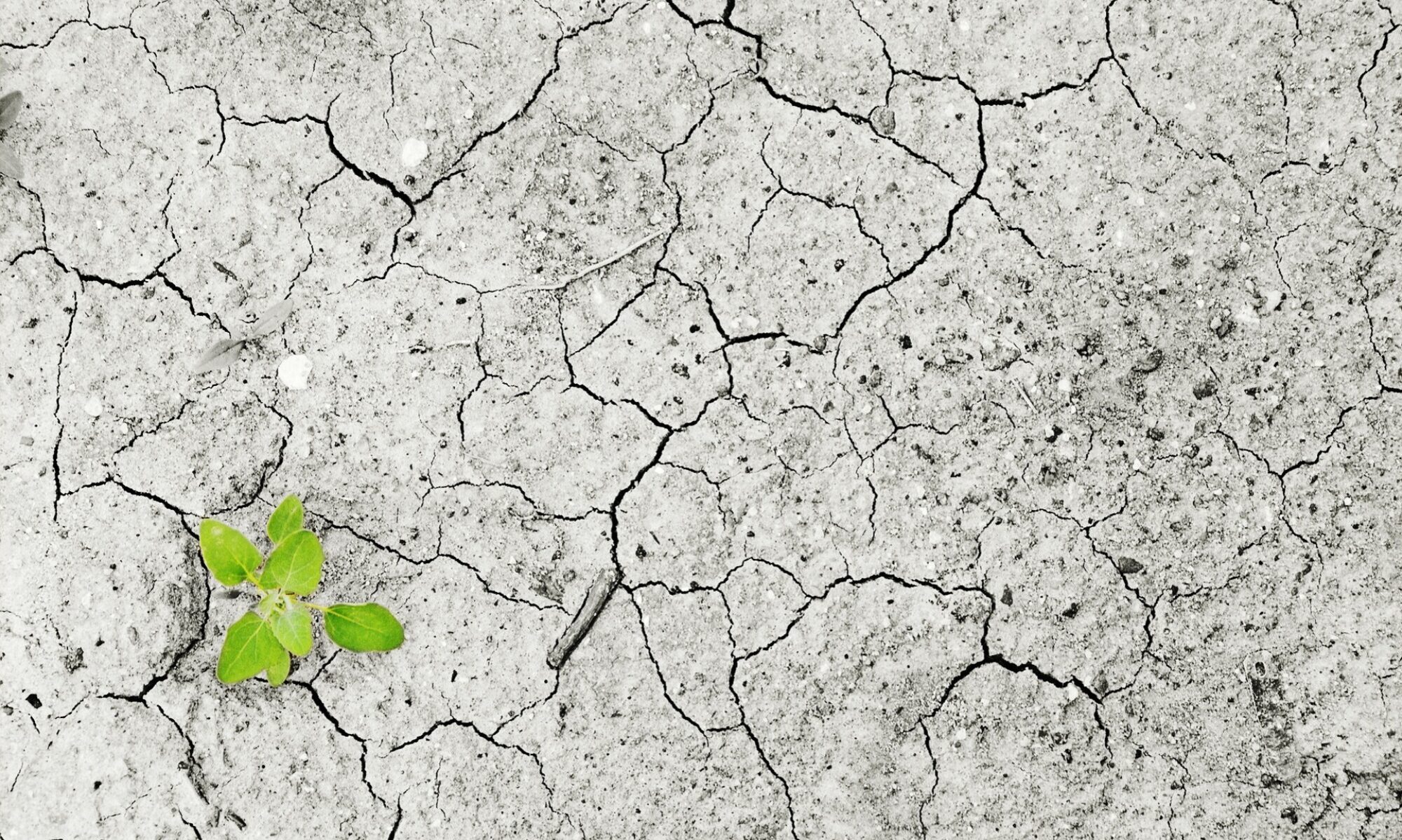29 October 2022 – by Darina Kalamova
Flooding is a prevalent natural disaster in Nigeria, but it is rarely as devastating as it has been in 2022. In fact, this year’s floods have been the worst ones in the last 12 years and so far they have caused the deaths of more than 600 people. 1.4 million people have been displaced and thousands of hectares of farmland have been submerged. People have lost their homes and livelihoods, and many are in need of shelter and food.
The crisis is further exacerbated by the fact that the country’s northern region is embroiled in a regional conflict. Thousands of Nigerians were already living in camps for displaced persons because of it and now those camps are being destroyed by the water.
Authorities blame the tragedy on the hefty rainy season aggravated by climate change and the discharge of excess water from the Lagdo dam. However, several other factors should also be taken into account, including the country’s land use plan, its disaster management, and the lack of investment in climate infrastructure.
The government is calling on state and local government councils to increase their efforts and continue to evacuate people who live on floodplains as there is still a danger of further flooding. In fact, some Nigerian States will remain at risk until the end of November and some inland water reservoirs are expected to continue overflowing, endangering the communities living alongside the rivers Niger and Benue.
There are concerns about the spread of diseases due to the water contamination caused by flooding. In fact, an increase in cholera and other preventable diseases has already been reported. Several rice-producing states in northern and central Nigeria, where the conflict has already been threatening food production, are now also being affected by the floods. This is straining the country’s food stability and according to data from UNICEF, more than two million people are at risk of waterborne diseases and malnutrition.



